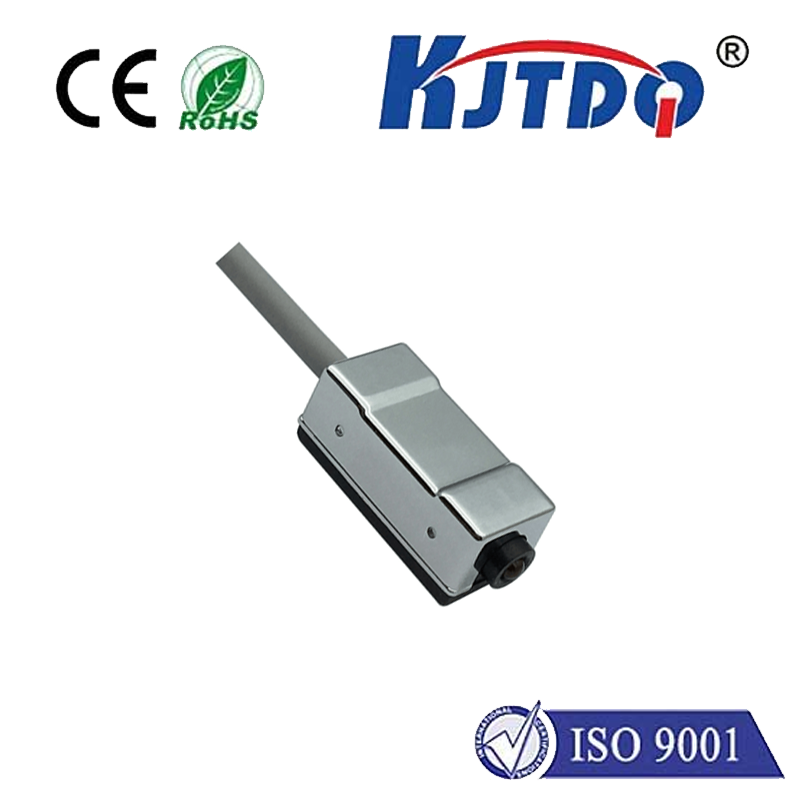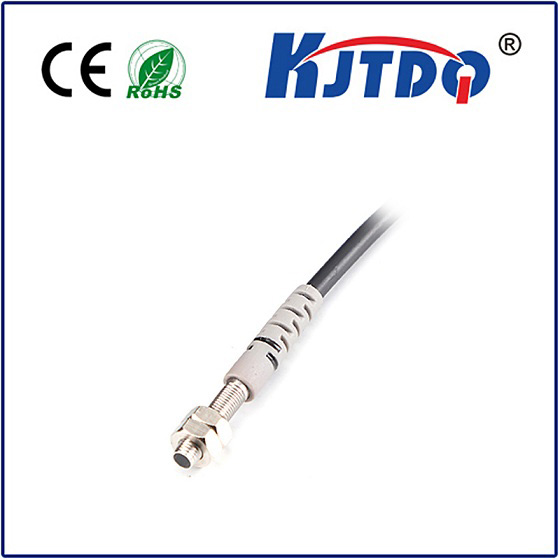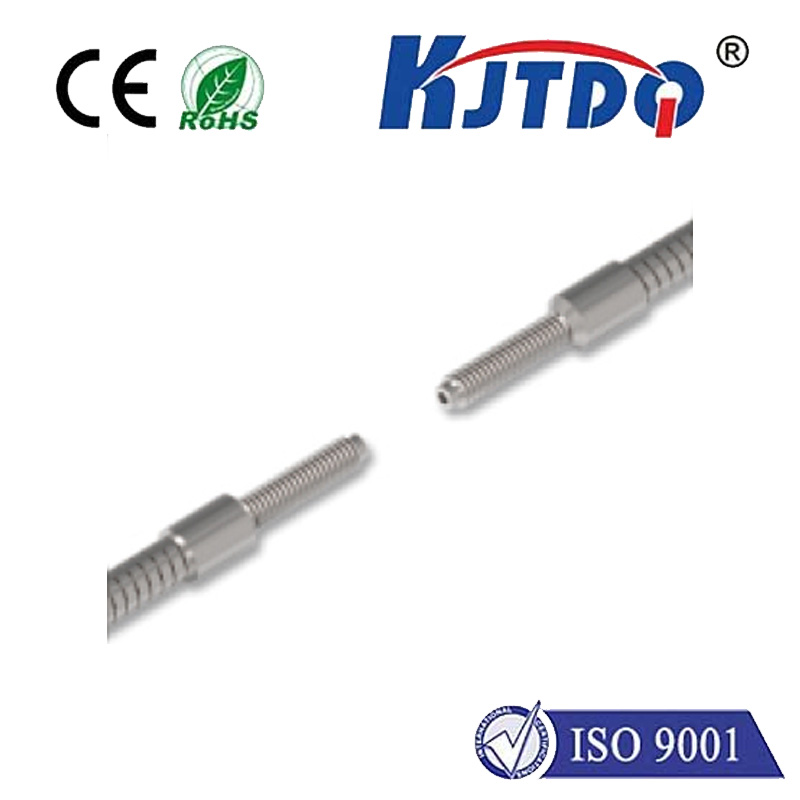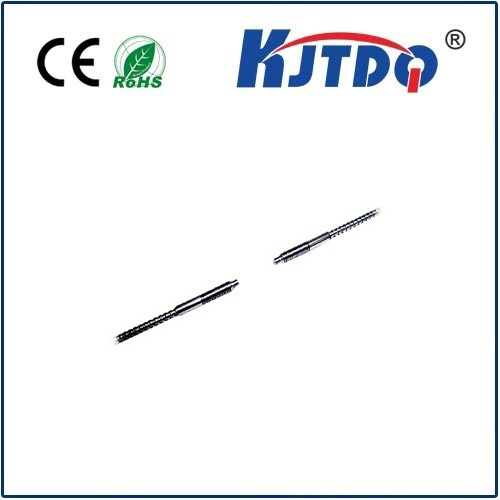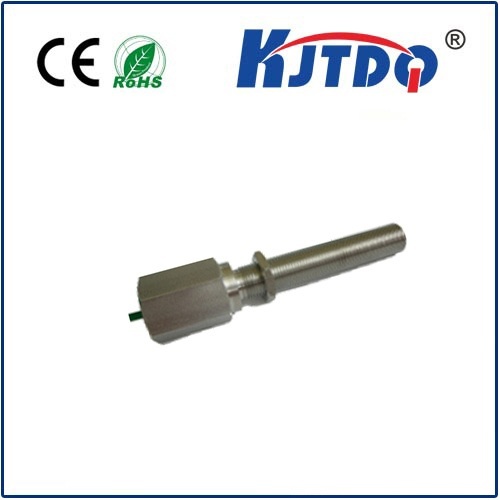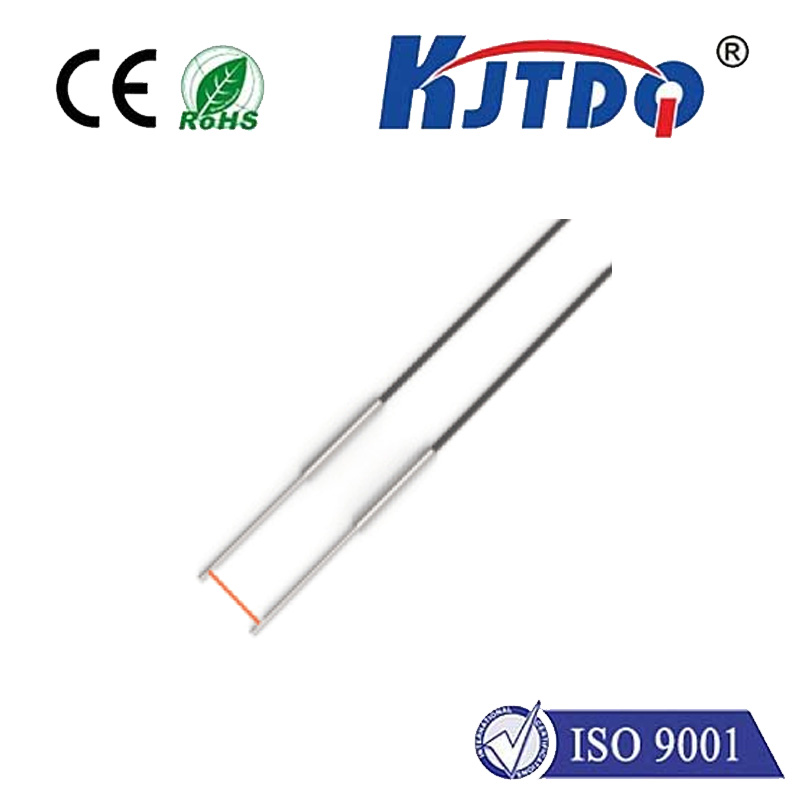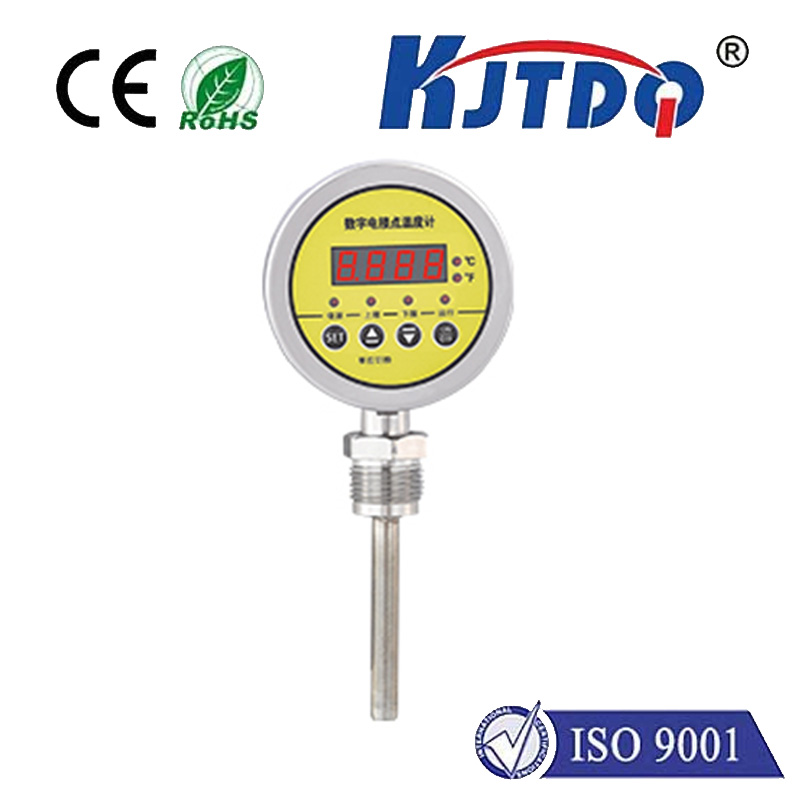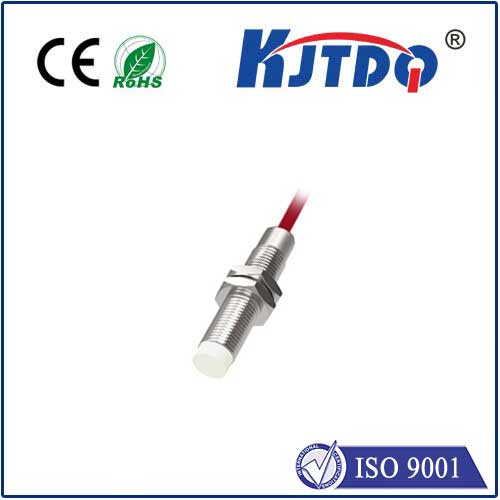

check

check

check

check
Imagine a bustling factory floor. Conveyor belts hum, robotic arms dance with precision, and products flow seamlessly. Amidst this orchestrated chaos, an essential element ensures smooth operation, often unseen but critically important: photoelectric sensors. These versatile devices act as the eyes of automated systems, detecting the presence, absence, position, or even specific characteristics of objects without physical contact. From the simple act of counting bottles on a line to safeguarding personnel in hazardous zones, their applications are vast and fundamentally transform how machines interact with the physical world.
Understanding the Fundamental Principle: Light as the Messenger
At its core, a photoelectric sensor operates on a remarkably simple yet powerful concept: it uses light to detect objects. The basic components comprise:
When an object interacts with the light beam – either interrupting it, reflecting it back, or changing its intensity – the receiver senses this change. The sensor’s electronics interpret this change and produce a corresponding output signal, effectively translating a physical event into a usable electronic command. This contactless detection is key to their reliability and longevity.
Navigating the Types: Choosing the Right “Eye” for the Job
Photoelectric sensors are categorized based on how the emitted light reaches the receiver and interacts with the target object. Each type excels in specific scenarios:

Through-Beam Sensors (Opposed Mode): Featuring separate emitter and receiver units placed facing each other. The detection occurs when the target object interrupts the light beam traveling directly from emitter to receiver. This design offers the longest sensing ranges, highest excess gain (ability to detect in dusty/dirty environments), and excellent reliability for clear object detection. Ideal for conveyor gap detection, large object counting, and high-precision positioning.
Retroreflective Sensors: Combine the emitter and receiver in a single housing, utilizing a reflector placed opposite. The emitter sends light to the reflector, which bounces it back to the receiver. Detection occurs when the target object breaks this reflected beam. These sensors provide good sensing ranges and are generally easier to install than through-beam types since wiring is only needed at one end. They are widely used in packaging lines, door control, and pallet detection, though the reflector itself must be kept clean. The polarized retroreflective variant helps mitigate false triggers from shiny objects.
Diffuse Reflective Sensors: Also house the emitter and receiver together. However, instead of a reflector, they detect light that bounces directly off the target object itself. The sensor detects the object based on the amount of light reflected back. This offers the simplest installation as no separate reflector or receiver unit is required. They excel in detecting non-shiny objects at moderate ranges and are common in object presence detection (e.g., bottles on a conveyor), short-range counting, and label sensing. Background suppression and foreground suppression variants significantly enhance their ability to detect objects reliably against varying or complex backgrounds.
Convergent Beam Sensors (Fixed-Focus Diffuse): A specialized diffuse sensor where the emitter and receiver lenses are precisely focused at a fixed, short distance. This creates a very defined sensing point, making them highly effective for detecting small objects or for precise position verification where background suppression is critical. Common in electronics assembly and small parts detection.
Distance-Setting Sensors (Background Suppression - BGS): These advanced diffuse sensors use triangulation or time-of-flight principles to measure the actual distance to the target. Instead of just measuring received light intensity, they can distinguish between closer targets and background objects by calculating distance. Essential for applications where the background varies or the target must be detected at a specific position relative to the sensor.
Where Photoelectric Sensors Reign Supreme: Applications Galore
The versatility of photoelectric sensors makes them ubiquitous across industries:
The Compelling Advantages: Why Choose Photoelectric?
The widespread adoption of photoelectric sensors stems from significant benefits:
Selecting the Right Sensor: Key Considerations
Choosing the optimal photoelectric sensor involves evaluating several factors:
